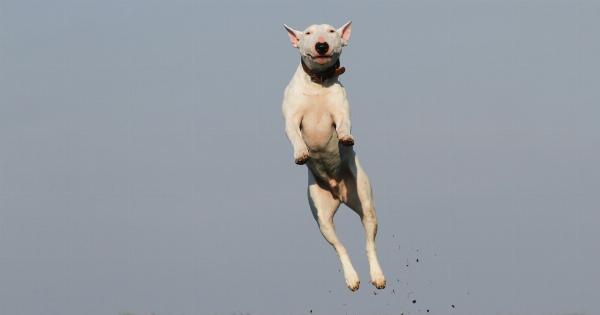Just like humans, dogs go through various stages of development as they grow from a puppy to an adult. One of these crucial stages is the adolescent stage, which is often challenging for both the dog and its owner.
For proper understanding and management, it is important to recognize the signs, behavior patterns, and needs of dogs during this phase.
What is the Adolescent Stage?
The adolescent stage in dogs typically begins when they are around six months to one year old, depending on the breed. It marks the transition between puppyhood and adulthood.
During this stage, dogs experience hormonal changes, physical growth, and emotional development. The adolescent phase is known for being a period of exploration, pushing boundaries, and testing limits.
Physical Changes in Adolescent Dogs
As dogs enter adolescence, they undergo various physical changes. They may experience a growth spurt, where their bone structure and muscles develop rapidly.
This growth can lead to a lanky appearance and uneven movement as their bodies adjust to their new size. Some adolescent dogs may also experience temporary coat changes, like the appearance of adult fur or changes in color.
Behavioral Changes in Adolescent Dogs
The adolescent stage often brings about changes in a dog’s behavior. Dogs that were once obedient and well-behaved may suddenly become rebellious.
This rebellious behavior can manifest as disobedience, increased energy levels, hyperactivity, and selective hearing. Adolescent dogs may also become more independent and less interested in following commands.
During this stage, dogs may also display an increased desire to explore their surroundings. They may be more curious about their environment, which can lead to a higher likelihood of wandering or trying to escape.
This is because the adolescent stage is a time of increased confidence and a desire for independence.
The Importance of Continued Training and Socialization
While the adolescent stage may present challenges, it is crucial not to give up on training and socialization. Consistency and patience are key during this phase.
Continue providing positive reinforcement training and clear boundaries to guide your dog’s behavior. It is also important to maintain socialization efforts, exposing your adolescent dog to a variety of people, animals, and environments to help them become well-rounded and confident adults.
Managing Hormonal Changes
Hormonal changes during adolescence can sometimes lead to behavioral challenges. Male dogs may exhibit mounting behavior, marking territory, or becoming more aggressive towards other male dogs.
Female dogs may experience their first heat cycle, which can result in mood swings and increased attention from male dogs. Spaying or neutering your dog can help manage these hormonal changes and reduce certain unwanted behaviors.
Providing Mental and Physical Stimulation
Adolescent dogs have high energy levels and require both mental and physical stimulation. Engage them in regular exercise sessions to help release their excess energy and prevent boredom.
Incorporate various activities, such as puzzle toys, agility training, and interactive playtime, to provide mental challenges and keep them engaged.
Dealing with Chewing and Teething
Teething is a common aspect of the adolescent stage, as the puppy teeth are gradually replaced by adult teeth. Your dog may exhibit a strong desire to chew on objects during this time.
Provide appropriate chew toys and bones to redirect their chewing behavior away from household items. Ensure the chew toys are designed specifically for teething dogs to prevent any potential dental issues.
Seeking Professional Advice
If you find the adolescent stage particularly challenging or have concerns about your dog’s behavior, do not hesitate to seek professional help.
Professional trainers or behaviorists can provide guidance and create a customized training plan to address any behavioral issues or specific needs your dog may have.
Patiently Navigating the Adolescent Stage
The adolescent stage of dogs is a time of growth, change, and exploration. As a dog owner, it is essential to understand the challenges and needs your adolescent dog faces during this period.
With patience, consistency, and proper training, you can help guide your furry companion through this stage and set them up for a well-adjusted adulthood.





























